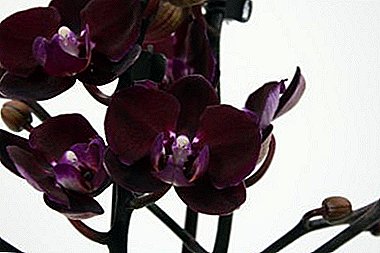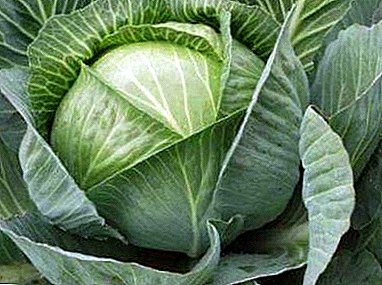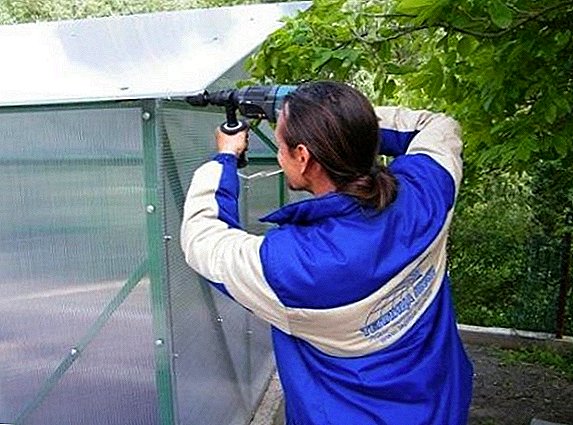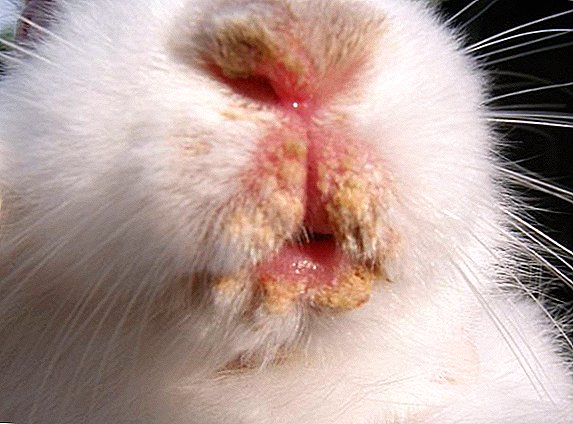 Diseases in rabbits are as common as in humans, and for the same reasons. One of the most common pathologies is runny nose in rabbits. The reasons for its occurrence may be several. For the treatment of rhinitis, the main thing is to notice the disease in time, clarify the diagnosis and begin treatment.
Diseases in rabbits are as common as in humans, and for the same reasons. One of the most common pathologies is runny nose in rabbits. The reasons for its occurrence may be several. For the treatment of rhinitis, the main thing is to notice the disease in time, clarify the diagnosis and begin treatment.
Causes of a runny nose in a rabbit
The main cause of rhinitis is uncomfortable living conditions and non-compliance with sanitary standards.
Main reasons:
- poor ventilation of the room, stale bedding;
- draft and hypothermia;
- non-compliance with sanitary norms and hygiene rules, as well as excessive disinfection of habitats.

Types and symptoms
Types of rhinitis:
- allergic to food or dust (hay);
- cold;
- infectious rhinitis (rhinitis).
- rubbing nose paws;
- sneezing, coughing;
- redness of the mucous membranes of the nose;
- swelling of the nose;
- the presence of discharge from the nasopharynx;
- discharge may be purulent.
The symptoms of disease need to be especially attentive and know how to help your pet. Learn how to treat eye disease, encephalosis, conjunctivitis, pasteurellosis and scabies in rabbits.
The nose is clogged with mucus that thickens and hardens. This prevents the animal from breathing. Therefore, he rubs his nose with his paws and sneezes, trying to get rid of them. 
How and what to treat rhinitis in a rabbit
Accurately establish the diagnosis can only be a doctor, on the basis of a blood test. Before treatment, the sick pet is isolated from the rest. All inventory and everything that came in contact with the animal is disinfected. Treatment is prescribed medication.
Medication
Drug treatment will be determined by the doctor according to the results of tests. Treatment consists of a mandatory course of antibiotics and accompanying drugs.
We recommend that you read about how to use Gamavit, Baytril, Dietrim, Rabbiwak V and Amprolium for rabbits.
The most common treatment scheme:
- the appointment of antibiotics course for 5-7 days (the course can be repeated);
- because antibiotics have a negative effect on the intestines, then additional means are used to support the microflora while taking the antibiotic;
- antimicrobial prescription for nasal treatment;
- the use of inhalation as an aid.
 Used drugs:
Used drugs:- Broad-spectrum antibiotic - "Ceftriaxone". It inhibits the synthesis of the bacterial cell wall, thereby destroying it. The drug is prescribed at a dosage of 0.5 mg per 1 kg of body weight 1 time per day for 5 days.
- Antibiotic "Baytril-10%" refers to anti-infective drugs. The drug is added to drink at the rate of 1 ml per 10 kg of weight during the week.
- Antimicrobial drug "Furacilin" is an excellent antiseptic, which is used for instillation of the nose. To prepare the solution - 1 g of the drug must be crushed in a mortar and diluted in 100 mg of water. Dosage - 8 drops 2 times a day for 10-15 days.
- Antiviral drug "Fosprenil" has a wide range of antiviral effects and is used to treat viral infections. Dosage - 0.1 ml per 1 kg of body weight intramuscularly 2 times a day for 3-5 days.
- Immunomodulator "Ribotan" is used to increase the body's resistance to infections. The drug has a broad spectrum of biological activity. 1-2 mg is administered subcutaneously once a day for 2-3 days. After 3 days, the course is repeated.
- Immunomodulator "Maksidin" is also prescribed subcutaneously or intramuscularly 1 ml per 10 kg of animal weight 2 times a day for 2-5 days.
- Inhalations are carried out with decoctions of herbs of mint, sage, sea buckthorn and others. Inhalation regimen - 2 times a day for 7 days. The broth is prepared at the rate of 1.5 tsp of grass per 1 liter of water. To hold it, the cage is covered with a thick cloth. Inside the cage is placed a rabbit, a container with a hot solution and something tasty to occupy a pet. If the cage is small and it is likely that the pet will overturn the container with decoction, then the decoction can be placed outside the cage and cover them. The time is 20 minutes.

Proper nutrition
As a drink, the animal should receive a solution of chamomile or mint. Give once a day for 2 weeks. The proportion of green food during the illness should be increased. Dill, mint, chamomile, basil are added to the diet. Additionally, vitamin complexes containing vitamins A, B, C, D, E can be prescribed, which will improve the quality of the feed.
Proper feeding of rabbits should contain a sufficient amount of essential nutrients. Learn how to feed rabbits at home.
Surgical intervention
With prolonged rhinitis in the sinuses accumulates pus. An animal cannot reject it alone. In this case, purulent discharge is removed surgically, in parallel with the treatment process.
Auxiliary methods
Auxiliary measures include:
- washing the paws and nose with chamomile and saline;
- keeping the rabbit warm during illness;
- disinfection of cage and inventory;
- maintaining humidity at the level of 55-65% and air temperature within + 15-20 ° C;
- lack of drafts.
 Rabbit Cage Disinfection
Rabbit Cage DisinfectionIs it possible to eat the meat of sick animals
Rhinitis rabbits are not contagious to humans. The animal that has had rhinitis and has been treated with antibiotics can be slaughtered for meat not earlier than 20 days after the end of the course.
You will probably be interested to learn about the beneficial properties of rabbit meat.
At the same time, internal organs and paws are utilized, and the meat itself is consumed after heat treatment. The place of cutting meat and inventory disinfect. Dried skins are dried in the bright sun for 10-15 minutes for disinfection. 
Preventive measures
Prevention of rhinitis:
- lack of drafts and dampness in the room with a rabbit;
- visual inspection of rabbits during feeding: if an animal is detected with signs of illness, it should be immediately isolated from the others, find out the diagnosis and start treatment;
- regular bedding and disinfection schedules;
- the presence of a sufficient amount of vitamins and herbs in the diet;
- adherence to vaccination schedule.
Rabbit breeders should consider the types of diseases in ornamental rabbits and the methods of their treatment.
Diseases are better tolerated, the sooner they begin to heal. It is important to remember that rhinitis can not be completely treated and become chronic. In this case, the disease can worsen when changing seasons and high humidity or when drafts occur.












